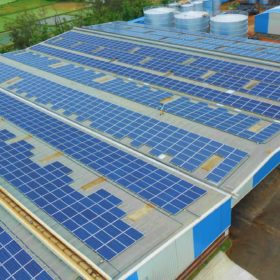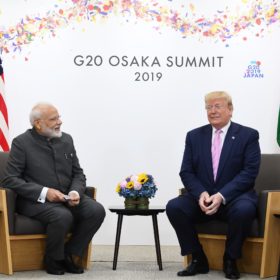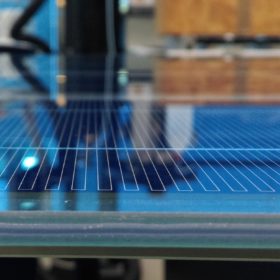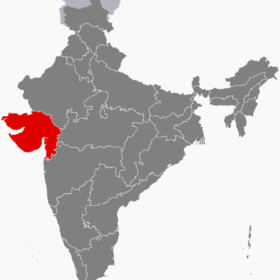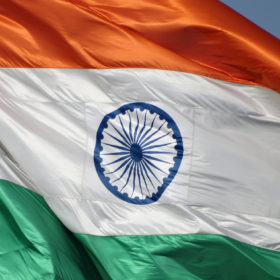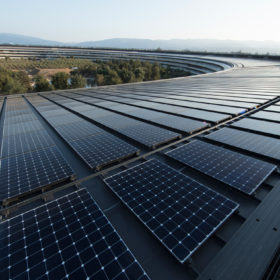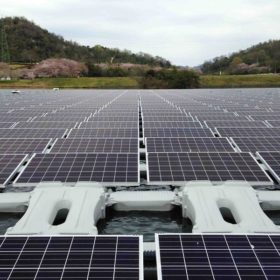US investor Encourage Capital raises $40 million to fund rooftop solar for Indian MSMEs
The US-based impact investor will invest in specialized financial institutions in India that can develop and scale commercial rooftop solar finance solutions, serving an estimated US$ 9 billion market opportunity.
India wins WTO solar dispute against US
A World Trade Organization panel has found a U.S. move to incentivize the use of domestic solar products put imported goods from India and other countries at a disadvantage.
French developer Engie reaches 1.5 GW renewables capacity in India
The company recently bagged a total capacity of 480 MW in Gujarat, including 200 MW wind and 280 MWp solar. Its 338 MWp solar project at Kadapa Solar Park in Andhra Pradesh has also gone live.
Group captive solar projects on the rise among corporates
With Karnataka withdrawing open access waivers and the policy not replicated elsewhere, corporate buyers are increasingly favouring group captive projects that are exempt from the cross-subsidy surcharge—the largest and most unpredictable component of grid charges for open access power.
What solar manufacturers want from Budget 2019
Indian solar manufacturers are facing a double whammy with USA removing preferential trade status for India and safeguard duty imposed by India nearing fall to 20% from July 2019. Struggling to find domestic as well as export markets, they expect the government to focus on policy direction, not just expenditure.
SECI revamps manufacturing-linked mega solar tender
Global bids are now invited to set up 2 GW of solar manufacturing capacity linked to 6 GW of inter-state-connected solar power projects. The projects—to be developed on ‘build-own-operate’ basis—shall be awarded through tariff-based competitive bidding followed by e-reverse auction. Tariff ceiling is fixed at Rs 2.75/kWh for a period of 25 years. Bidding closes on July 26.
Gujarat tenders 950 MW projects across two solar parks
Gujarat Urja Vikas Nigam Ltd has invited bids to set up 750 MW grid-connected solar projects at 1 GW Dholera Solar Park, and 200 MW projects at 700 MW Raghanesda Solar Park. Tariff ceiling for the projects is set as Rs 2.75/kWh and Rs 2.65/kWh, respectively. Bidding closes on July 24.
India eyes 500 GW renewable capacity by 2030
The country has so far achieved around 80 GW of installed renewable energy capacity in chasing “175 GW by 2022” target. De-dieselisation of farms and railways ranks high on the Modi government’s priority list to push solar adoption.
CleanMax Solar to set up 150 MW solar farm in Haryana at Rs 6 billion
Situated in Sirsa district, the group captive solar project is in line with CleanMax Solar’s mission to more than double its customer base from 120 corporates to 300 by 2022.
Maharashtra to get 500 MW floating solar plants in four dams
Earlier, the state had planned to set up floating solar plants at Ujani and Irai dams but had to shelve the projects due to ambiguity on the project implementation as well as revenue sharing, and the high cost involved, respectively.

